I’m just back from the first of my two Japan winter wildlife tours for 2016, so today we’re going to start to walk through the tour day by day, sharing some of my resulting images as we go.
I was able to go through my images for each day and at least give the one’s I liked three stars, and although I reduced this number a little bit during the trip, I came home with over 7,000 images, more than 800 of which still had three stars against them. I spent much of the weekend going through and comparing similar images, reducing the number further, but as I started to prepare for this series, I still had 175 final selects.
This is a good crop of images, but my goal from any trip is to reduce my selection down to as few images as possible, so this will be an on-going job over the next week, and probably also after I’ve finished the second of these two wildlife tours. To enable me to start this series though, I went through the images and selected a shortlist, but this was such a productive tour, even that shortlist started off at around 80 images. Finally though, after much deliberation, I’ve narrowed it down 40 images to show you, so we’ll make this a four episode series.
Canon EOS 5Ds R for Wildlife Photography
Before we start I’d also like to mention that despite this being a wildlife tour, I actually decided to leave my 7D Mark II camera body at home. As you may recall, I’m working mostly now with two Canon EOS 5Ds R bodies, which many people have dismissed as a wildlife camera. Of course, with just 5 frames per second, it’s not the best camera to capture every wing position of a bird in flight, but having fallen head over heals in love with the incredibly high quality 50 megapixel images from this camera, I knew that I just would not use the 7D Mark II. I’ve shot wildlife with much less capable cameras than the 5Ds R anyway, so I figured I’d just put myself in a position to make it work, and as we’ll see, work it did, so I’ve blown yet another 5Ds myth out of the water on this trip.
We started the tour on February 1st, with our drive over to Jigokudani in the Nagano Prefecture, about 3 to 4 hours north-west of Tokyo, to photograph the adorable Snow Monkeys. As usual, I spent a lot of my time just trying to capture interesting expressions on the faces of these incredible characters. In this first image (below) I got the distinct feeling that this monkey was looking at one of the visitors to the monkey park saying “seriously?”. At the end of her gaze there was probably a tourist with a selfie-stick, or a bright pink ski jacket on.
I was aware that I was cutting off the hands of the monkey being groomed in the background, but when I zoomed out more to include them, the image kind of lost it’s balance, so I let them go, and I don’t think it hurts the image much. I was also trying to get an angle where there was a lot of snow in the background. It was perhaps just a little colder than most years, but with 2016 being an el niño year, we have actually had very little snow, so we didn’t have the best backgrounds for much of the work at the snow monkey park.
I shot this at f/8 for 1/320 of a second at ISO 800, with a focal length of 241mm, with the Canon EF 100-400mm Mark II lens. The owners of the monkey park have actually put a barrier up around the pool, so you now have to shoot from about a meter or so from the monkeys, so the 100-400mm is now a little better suited to shooting here than the 70-200mm, which I’ve shot with here in the past.
I’m shooting mainly with 100-400mm now anyway, but I think the 70-200mm could be a little short here sometimes with this new restriction. This added distance does help to give more people a chance to get photos though, and seems to keep the crowds moving more, so it’s a welcome change in my opinion.
To keep the overall number of images down, that last image is the only one I’ll share from the first afternoon. After this, we went to our beautiful traditional Japanese hotel to find that our bags have all been magically transported to our rooms while we were shooting in the monkey park, and enjoyed their baths and a wonderful evening meal.
The next morning we made our way back into the park for a full day. This next image is more a conscious decision that I would like to make some new images of the monkeys just doing their thing (below). This little guy was just sitting on the edge of the pool, seemingly gazing at the snow as it fell. In reality, I think he was looking at some monkeys fighting on the valley wall opposite the pool, but I can get away with my interpretation here I think.
I shot this at f/6.3, 1/320 of a second, ISO 640 at 371mm. I chose a slightly wider aperture for the shallower depth of field, to help me blur the background a little. Without the snow the background can get very busy, so I wanted to just reduce the structure a little here.
Another thing that we find ourselves doing is trying to capture the snow monkeys jumping from the side of the pool to a stepping stone set in the middle of it, as we see in this photo (below). I increased my shutter speed to 1/500 of a second to help freeze the action, although I also panned with the monkey here too, making the rocks around the pool a little blurred, but that’s fine. It’s more important for the monkey to be sharp.
I also opened up the aperture further to f/5.6, to help me get that faster shutter speed, and I increased the ISO to 800. This was shot with a focal length of 214mm, and so far none of these images are cropped. I’ll try to mention when I have cropped an image, so if I don’t mention this, assume that the images are un-cropped, so I have nice big 50 megapixel files to play with here.
During this full second day, we generally spend more time exploring the park, looking for opportunities like this one, as a mother huddled with her young one (right).
This isn’t the best photo of this type that I’ve made, but I always do enjoy seeing the affection between the mothers and their young.
In reality, this is as much about both of them keeping warm than it is about the mother protecting the baby, but it’s still nice to see and capture.
For this photograph I stopped down the aperture a little bit, to f/10. There wasn’t a lot of light, so this already put me at 1/160 of a second with ISO 1000, but it was fine as the monkeys weren’t moving, so my image stabilization did it’s job as I hand-held at 300mm.
Of course, at 300mm, we have less than 1cm of depth of field at this distance, so only the baby’s face is totally sharp, but for an image like this I’m not too worried about getting both faces sharp.
If I had wanted them both sharp, I could have gotten a little lower to get them both closer to the focus plane, but the lower I got, the more the mother’s arm would cover the baby’s face, and I didn’t want that either.
Towards the end of the second day, after the staff of the monkey park had thrown out the barley that they feed to the monkeys, I set myself up in a position from which I like to photograph the monkeys running down a track on the side of the valley.
I like the resulting photos from this spot, but I also wanted to try to see how good the 5Ds R would track with a monkey running towards me, as I started to see if this camera really can handle wildlife photography.
I was happy to find that the 5Ds R handled this situation about as well as the 7D Mark II does as far as auto-focus performance. The main drawback of the 5Ds over the 7D Mark II though, is that the focus points cover a much smaller area of the frame on the 5Ds. If you can live with that, it’s really not a problem.
In this photo (right), I like the way the monkey’s fur is blowing in the wind that she created as she ran pretty quickly down the hill.
I did slightly crop this image from the top right, partly for a better composition, but also to get rid of some of the dark rocks on the valley wall, as there wasn’t enough snow to cover them as I often like to see this location.
Even with the crop though, I still have a 34 megapixel image, so almost 1.5 times the resolution of the 7D Mark II, which means I could print this much larger without having to up-size the base image. Up-sizing is always an option, but anytime you are creating pixels you don’t get as good quality a print as you do printing with a file that is natively large enough to print without up-sizing.
We return to the monkey park for the morning of our third day, but to keep the overall number of images down, we’re going to skip that this time, and move on to Hokkaido, which is the northern-most island of Japan, where we pick up the trail after a 90 minute domestic flight, as we start day four.
Until shortly before our tour, there had actually been no snow at all at the Akan Crane Center, where we would start our photography of the beautiful Japanese Red-Crowned Cranes. Again, this is the el niño weather patterns at work. We’d had plenty of snow for my Hokkaido Landscape Photography Tour before this tour, but much of that snow isn’t making it’s way to the south coast of Hokkaido this year, so the ground at the crane center was not looking great this year. We’d had some snow by this point, but it was all clumped up and not very pretty.
Although I am always prepared to bring the group back to the crane center if it does snow, even on the third day as we are due to move on, to cut a long story short, we didn’t have any falling snow at the cranes this year, and although that didn’t stop us shooting, it does mean that I don’t really have any photos that include the ground that I’m happy to show you, especially as I have so many other photos that I really do want to share with you.
But, where the weather took some opportunities away from us, it did present us with some other amazing opportunities, particularly on day five, our second day with the cranes, so we’ll look at some of those shortly. For now, here is one photo from the end of day four, when we’d visited a spot for a sunset shoot, where we know the cranes often fly over a line of trees against the sunset, as you can see here (below).
Of course, the cranes are in silhouette against the sunset, as are the trees, but that is what this image is all about. I really like the texture in the sky in this image, and this was one of the few flyovers we had where the cranes were this high, so I was pleased to be able to make the most of the opportunity.
As I explained to my group, although I usually shoot in Manual mode when there is snow in the scene during the day, this is one of the few times where I generally switch to aperture priority, because the brightness of the sky changes greatly as you pan across the scene with the cranes, so if you set your exposure for off to one side, by the time the birds get to this point, the sky would be over-exposed.
For this image, I was in Aperture Priority mode, with -2/3 of a stop exposure compensation dialed in. I had set my camera to not select a shutter speed any slower than 1/500 of a second, as I wanted the crane’s wings to be sharp, and I also selected Auto-ISO, so that the camera could increase my ISO as necessary to maintain a fast shutter speed. The resulting settings with my aperture set to f/10 were 1/640 of a second shutter speed at ISO 125, at 217mm. Apart from +18 on the Clarity slider in Lightroom, this is straight out of the camera, so I’m pretty happy with these settings.
If you’ve been following my tours over the years, you’ll know that on the second and third mornings in Hokkaido, we visit a bridge called Otowabashi. Otowa aptly means the “sound of wings” and this is where we hope to photograph the Red-Crowned Cranes in the river, where they spend the night. The thing with this location though, is that we really need there to be hoar frost on the trees around the river, to change what can be a relatively drab scene, into one of the most beautiful locations on the planet.
For the hoar frost to form, it generally needs to be colder than -16°C or 3°F, with no wind. When we left the hotel before dawn on day five, it was only -7°C (19°F) so we were pretty sure that there would be no hoar frost, and there wasn’t, but as you can see from this photograph (below) we were treated with some pretty beautiful mist, which turned a lovely pink color as the sun rose.
I shot this at f/11, with a 1/160 of a second shutter speed at ISO 800, using my Canon 200-400mm lens with the built-in 1.4X Extender engaged, giving me a focal length of 560mm. I had hoped for a while that the mist we see here would stick to the trees and freeze, but it was not cold enough. We still got some great insurance shots though, with the beautiful pink mist, so we were all quite happy as we made our way back to the hotel for breakfast before heading over to the Akan Crane Center again for our second day there.
As I mentioned earlier, the ground was a bit of a mess, but on this day, we were presented with a myriad of photographic opportunities overhead, as the cranes flew in over a beautiful blue sky with patches of fluffy clouds. I’m really not a fan of blue skies, and my images rarely contain them, but the cranes and eagles at this location can be incredibly beautiful against a blue sky, as we see in this photograph (below).
I really like this image, for a number of reasons. The fluffy clouds against the blue sky make a lovely backdrop for one. I also love how the cranes are not just all flying as they usually do, but they were just hanging there, all in different poses, almost like a family unit enjoying the fact that they can fly together like this, on such a beautiful day. This is un-cropped, and the detail in each of the cranes is amazing. There is even a catch-light in the eye of the top of the two cranes on the right.
I shot this with my 200-400mm with the 1.4X Extender engaged at 560mm, and for this one, because the birds were almost directly overhead, I’d taken it off the tripod and was hand-holding it. The shutter speed was 1/1000 of a second at f/10, ISO 320.
While shooting with the 200-400mm on my Really Right Stuff tripod and gimbal head, I kept my 100-400mm lens on a second 5Ds R body on a BlackRapid strap over my shoulder. I like to use the BlackRapid strap for this kind of fast paced shooting as it enables me to quickly bring the camera up to my eye, and also distributes the weight better than a regular strap over the shoulder or neck.
Having the second body gives me a little more freedom to hand-hold and zoom out as necessary as cranes fly overhead, as they did for this shot (below). I ended up at 227mm for this, so my 200-400mm would have done the job as well, but I would not have had time, for this shot, to get it off the gimbal head and zoom out before these guys were overhead.
Whenever I change my settings on one camera, I also change them on the second camera, so this image was also shot with a shutter speed of 1/1000 of a second at f/10, ISO 320. I can’t wait for Canon to listen to my request for built-in Bluetooth or some other close range communication capabilities so that my cameras can talk to each other, and automatically synchronize some of the key settings that I would specify in the custom functions. It would be amazing if I could keep my Aperture, Shutter Speed and ISO settings synched between cameras, automatically. Ideally if the bodies share the same functionality and settings, being able to synchronize a wider range of settings would be even better.
As usual, one of the highlights of visiting the crane center, is the eagles and black-eared kites that arrive at 2pm to steal the fish that the owners of the center throw out for the cranes. Shortly before 2pm, the White-Tailed Eagle that we see in this image soared overhead, once again, over this beautiful textured blue sky, so I couldn’t resist this image (below).
This too is un-cropped, and although it’s tempting to crop in a little, I really like how the cloud texture kind of frames the image, and I’m also thinking that with the amount of detail that I still have in the eagle, that this would make a beautiful large print. I also have hundreds of other images with these eagles filling the frame, so I’m going to leave this guy in his beautiful environment for this shot. I’ve done this with some of the soaring crane shots as well, and I can’t wait to print some of these out really large. The setting for this image are 1/1000 of a second, f/10, ISO 320, again at 560mm.
The display with the eagles usually lasts between 10 and 20 minutes, but on this particularly day, the eagles kept coming back for just over an hour. It was incredible. I have so many shots that I’m really happy with. It’s going to be pretty much impossible to whittle the images from this tour down to a reasonable number as I usually like to. As I said, the conditions in many ways were not ideal, but thanks to the other opportunities we were presented with, this was perhaps the most productive tour that I’ve run so far.
We’ll pick up the trail in Part 2 of this series with a photo of the beautiful Black-Eared Kite, and a couple more eagle shots before we see what happened at the bridge at dawn on day five. Were we lucky enough to get the hoar frost? Tune in again next week to find out.
2018 Winter Wonderland Tours
Before we finish, I’d like to remind you that we are now taking bookings for the 2018 Snow Monkeys & Hokkaido Tours. For details and to book your place, visit the tour page at https://mbp.ac/ww2018. Our 2017 tours are already sold out, but if you’d like to be put on the wait list, please contact us.
Show Notes
Details of the 2018 Tours: https://mbp.ac/ww2018
Subscribe in iTunes for Enhanced Podcasts delivered automatically to your computer.
Download this Podcast in MP3 format (Audio Only).
Download this Podcast in Enhanced Podcast M4A format. This requires Apple iTunes or Quicktime to view/listen.


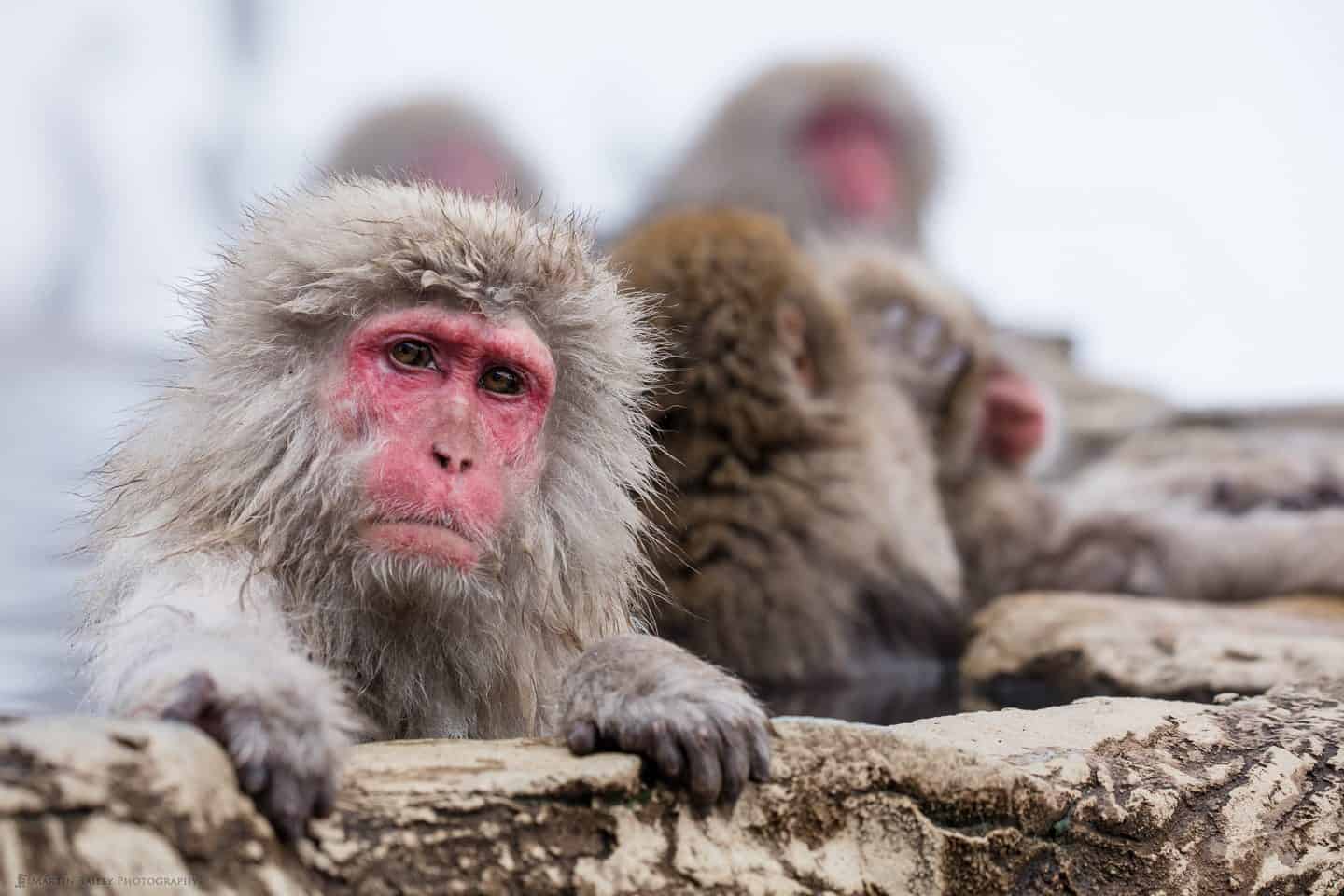
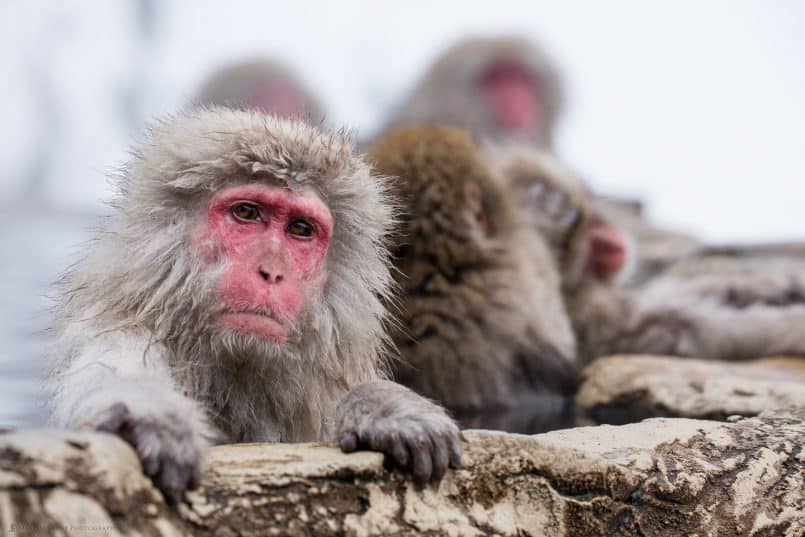
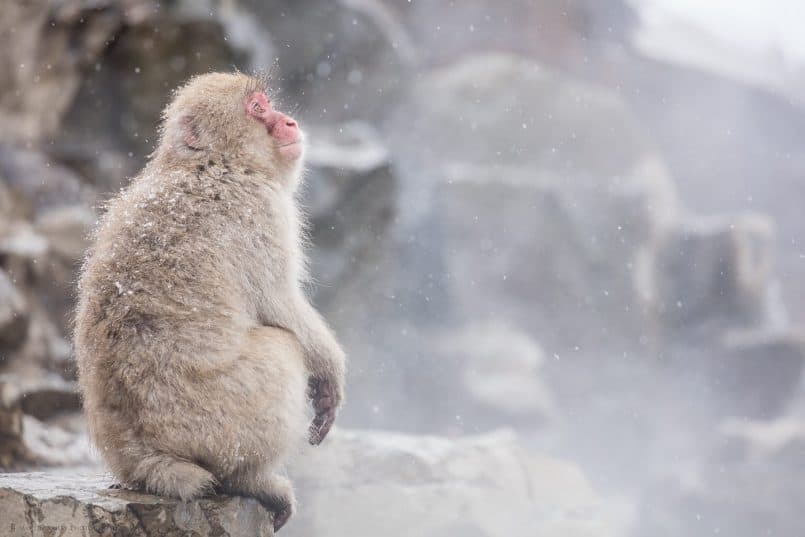
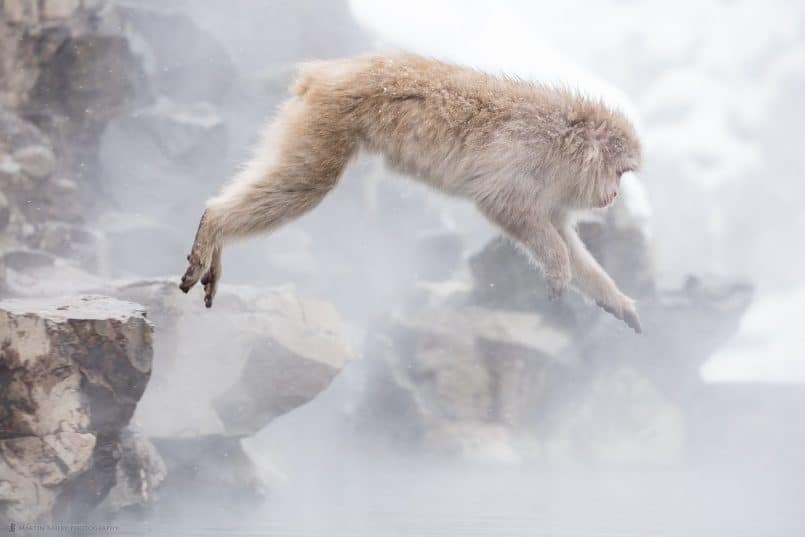
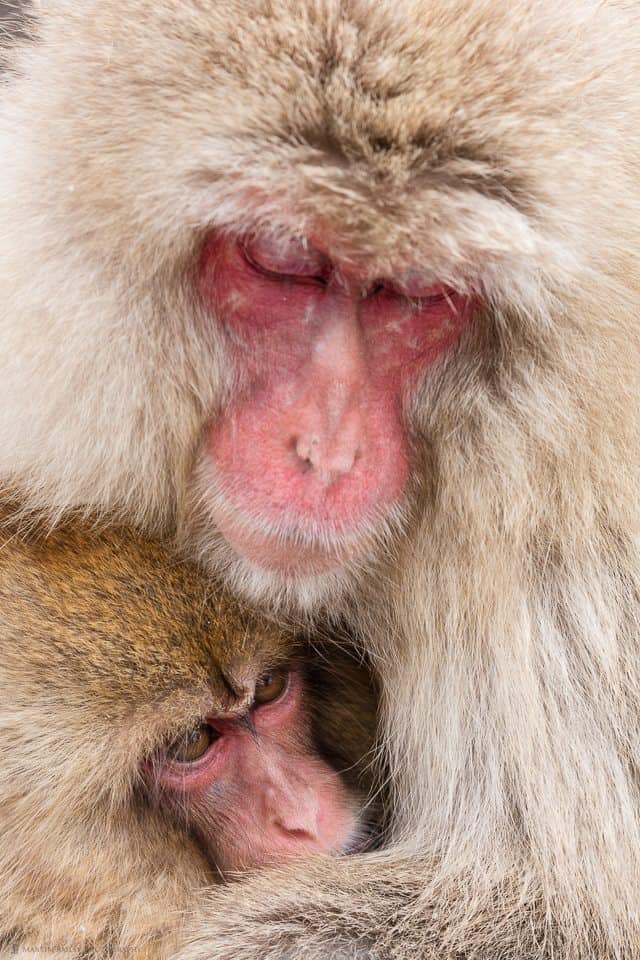
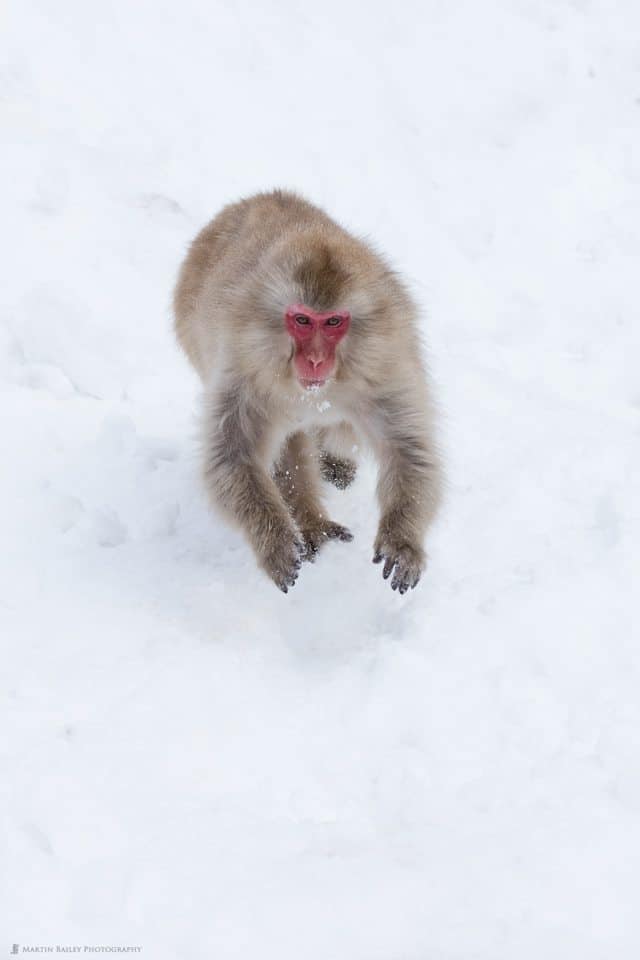
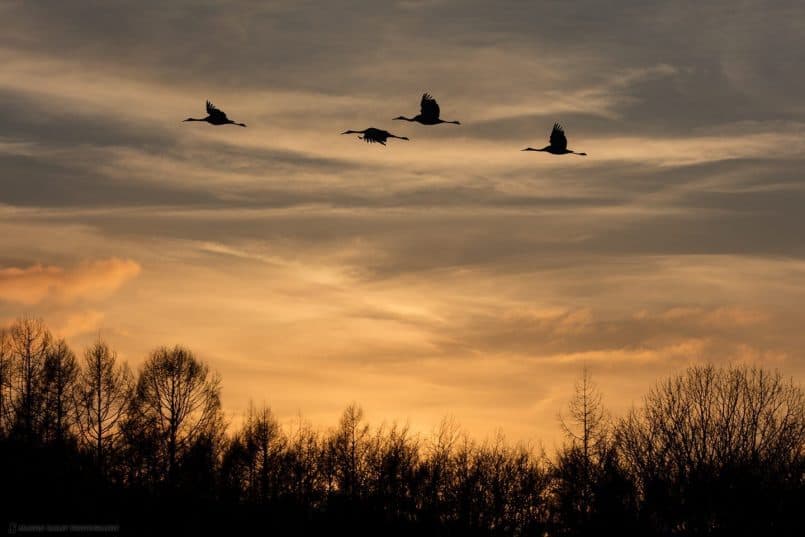
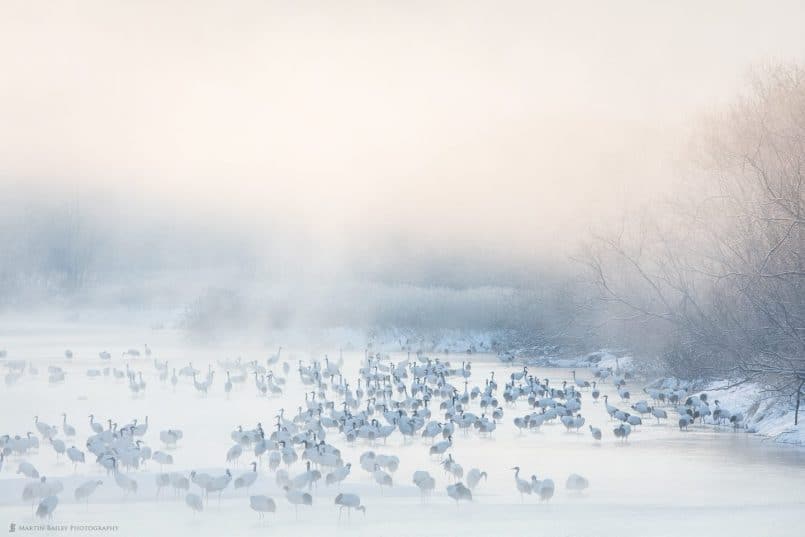
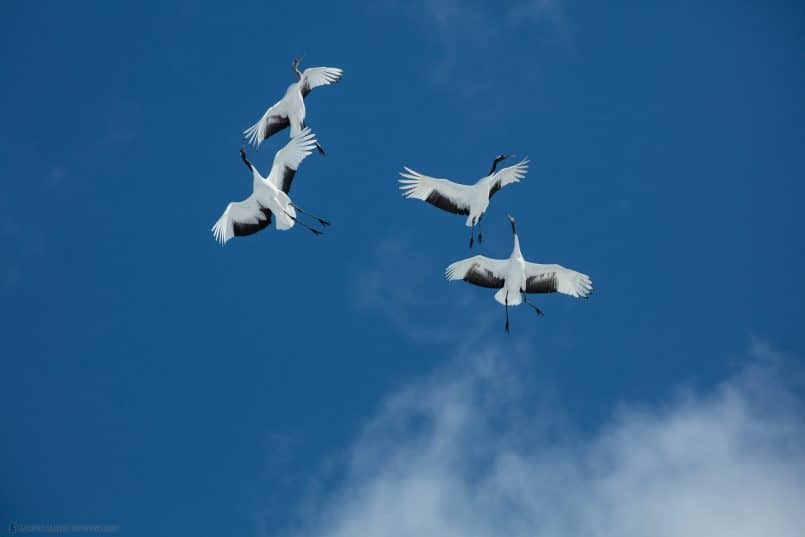
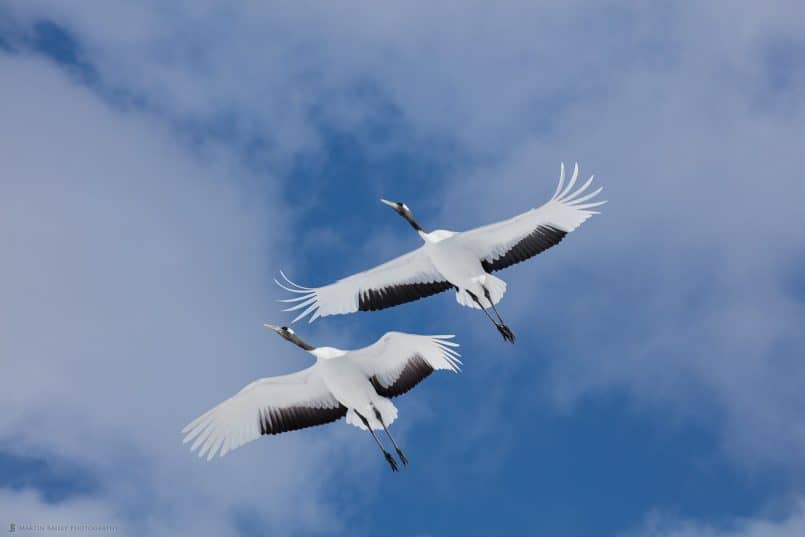

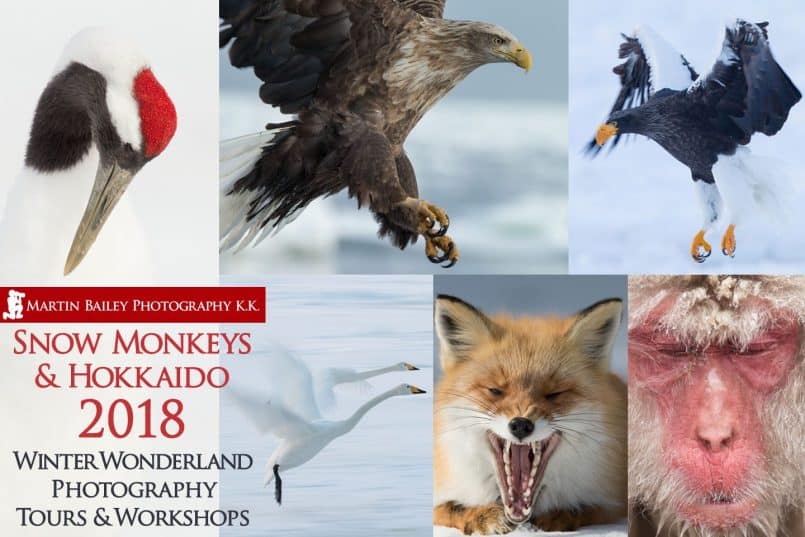

Martin has organized and runs a great tour. I attended the 2016 Winter Wildlife Tour. I love going on tours that offer the chance to photograph a variety of subjects. This tour provided non stop photo opportunities. The highlight for me was watching and photographing the White-tailed and Steller Sea Eagles. Martin also exposes his guests to Japanese culture which was a great experience.
Thanks Martin
Vic